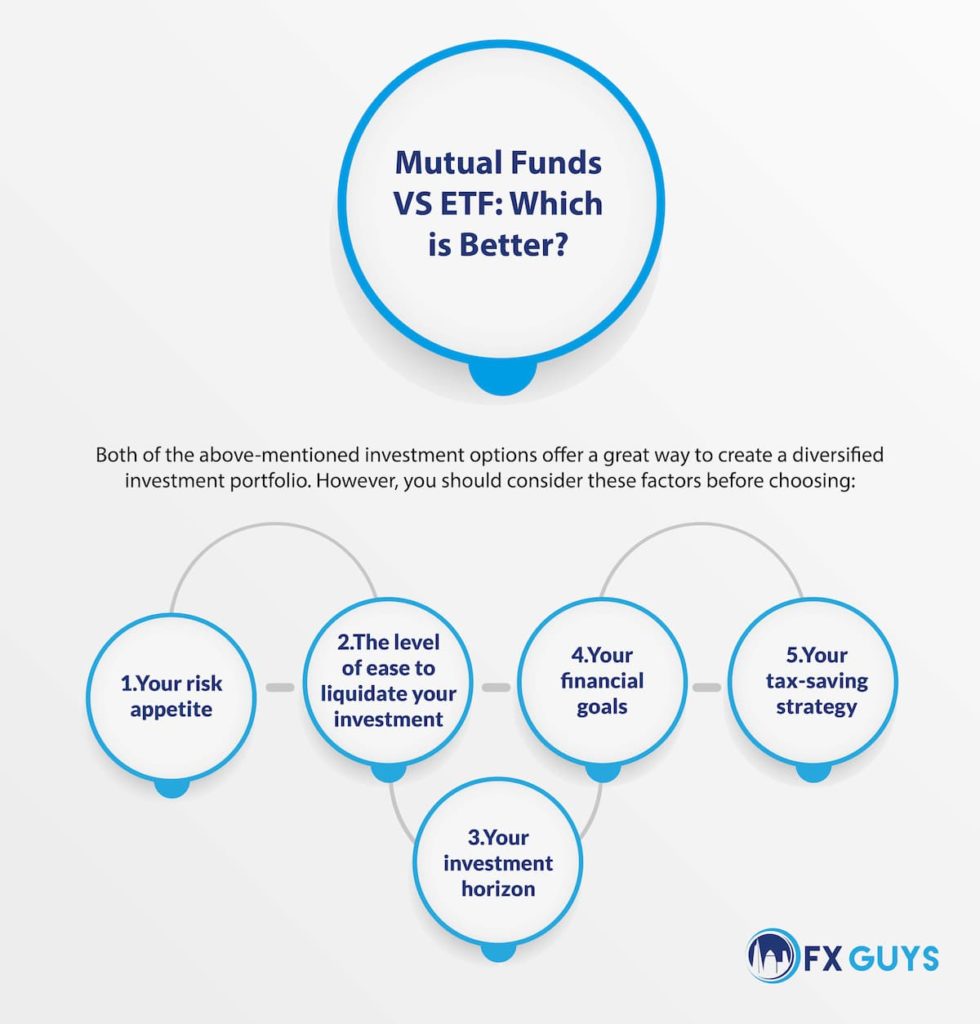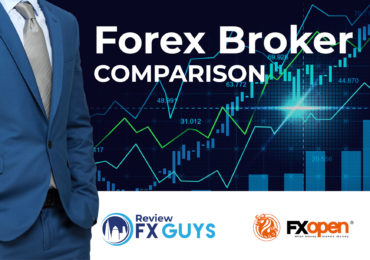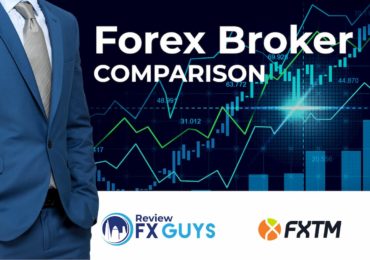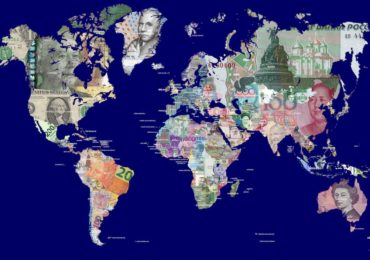Mutual Funds VS ETF – Which One to Choose?
Many people contemplate over Mutual Funds vs ETF because both mutual funds and ETFs (Exchange Traded Funds) enter into joint investments within several securities such as debt, commodities, or equity, there is always an element of confusion for an investor regarding the consideration of their investment options.
Mutual Funds and ETFs have many things in common; both are a mix of several assets and signifies a common method for investors to invest. However, there are multiple differences in the way that they are managed. Mutual funds can only be bought at the end of each trading day on a calculated price, while ETFs can be traded in a similar way to stocks.
Another major difference is that ETFs are managed passively and are based on a specific market index, whereas mutual funds are actively managed, which means a fund manager decides how to allocate the assets in the fund.
To compare mutual funds with ETFs, let us first understand what they are.
Mutual Funds
Mutual funds are a type of investment option that pool the money of investors and invest it in several securities on their behalf. However, they are not traded on listed exchanges. In comparison to ETFs, mutual funds have a higher minimum investment requirement. Those minimums depend on the type of company and the fund.
Most mutual funds are managed actively by a team or fund manager, who make decisions to buy and buy securities or stocks within that fund to beat the market and make a profit for the investors. Since these funds require a lot more effort, management, and time, they usually have a higher cost.
Sales and purchases of mutual funds occur directly between the fund and investors. The fund’s price is not ascertained until the end of the business day when NAV (net asset value) is determined.
There are two types of mutual funds – open-ended and closed-ended funds.
- Open-Ended Funds
This type of fund dominates the marketplace of mutual funds in volume as well as assets under management. The sale and purchase of fund shares, in the case of open-ended funds, happens directly between the fund company and the investors. There is no limit, so the fund can issue as many shares as desired.
Therefore, as more investors purchase into the fund, a higher number of shares are issued. Federal regulations need a daily valuation process known as marking to market, which ultimately adjusts the per-share price of the fund to reflect changes in asset (portfolio) value. The value of an individual’s shares is not affected by the number of outstanding shares.
- Closed-Ended Funds
This type of fund only issues a particular number of shares and does not issue new shares with the increase in investor demand. The prices are not ascertained by the NAV of the fund but by investor demand. Lastly, purchases of shares are usually made at a discount or premium to NAV.
Exchange-Traded Funds (ETFs)
Understanding an exchange-traded fund or ETF is paramount when talking about mutual funds VS ETF. An ETF is a fund that is managed passively; it simply tries to replicate the index in terms of its return performance as well as investments. It can cost much less for an entry position, which can be as little as cost per share plus commissions or fees.
An equity ETF would gather money from investors and invest in the equities of several companies. An ETF’s aim is to make similar returns as that of the index. For instance, a Nifty ETF will strive to give you similar returns as that of Nifty 50. A Sensex ETF, however, would try to offer returns similar to those of Sensex 30.
The technique holds all of the securities of an underlying index at the same weight as they are in the index. However, ETFs do not only track stock indices. They also track commodity indices (such as gold ETFs) or bond indices (such as liquid ETFs).
There are three types of ETFs:
- Exchange-traded Unit Investment Trust (UIT)
These are governed by the 1940s Investment Company Act but should attempt to fully replicate their specific indexes, limit investments in one issue to up to 35%, and fix additional weighting limits for non-diversified and diversified funds. UTIs do not automatically reinvest dividends but pay cash dividends quarterly.
- Exchange-traded Open-ended Index Mutual Fund
These are registered under the 1940s Investment Company Act, whereby dividends are, again, invested again on the day they are received and paid in cash to shareholders every quarter. Here, securities lending is allowed and derivatives can be utilised in the funds.
- Exchange-traded Grantor Trust
These bear a strong resemblance to the closed-ended fund; however, an investor possesses the underlying shares in companies in which the exchange transfer fund is invested. This involves having the voting rights linked to being a shareholder.
The fund’s composition is not changed. Dividends are paid directly to the shareholders and are not reinvested. An example of this type is the HOLDRs or holding company depository receipts.
Mutual Funds VS ETF
This decision is amongst the most complicated one for an investor while they are making an investment decision. They seem to be similar but have many differences. Some of these significant differences between mutual funds and ETFs are listed below.
Flexibility
ETFs are traded freely in the market and are often bought and sold as per the convenience of the investor. The market price of ETFs is available in real time, similar to equity shares. However, mutual fund units may be sold or bought by requesting a fund house. The price of a single mutual fund is indicated by NAV.
Commissions
Because ETFs are traded just like any share on the exchange, the investor is required to pay commissions on the purchase and sale of units as per the rules. However, there is no requirement to pay any commission in the case of mutual funds for their purchase or sales.
Fees and Expenses
As exchange transfer funds simply replicate index performance, they do not require active management. This is why the expenses and fees associated with exchange transfer fund investments are low.
In the case of mutual funds, the fund manager takes active participation in taking investment decisions on an investors’ behalf. Therefore, the expenses related to fund management are higher.
Management
In the case of ETFs, fund management means merely tracking the market index. However, mutual funds are usually actively managed by a fund manager who takes every investment decision on the investor’s behalf.
Lock-in Period
ETFs do not possess a minimum holding period. Also, investors can freely sell investments as and when they wish. In contrast, mutual funds are like the Equity Linked Savings Scheme (ELSS), which comes with up to a 3-year lock-in period. An investor is not allowed to liquidate their investment during this lock-in period, which can vary from nine days to three years.
Mutual Funds VS ETF – Which is Better?

Both of the above-mentioned investment options offer a great way to create a diversified investment portfolio. However, you should consider these factors before choosing:
- Your risk appetite
- The level of ease to liquidate your investment
- Your investment horizon
- Your financial goals
- Your tax-saving strategy
ETFs offer higher returns and more flexibility in the short run; however, in the case of mutual funds, although you have to stay invested for an extended period, this will help form a collection for the future.
















